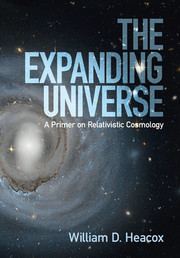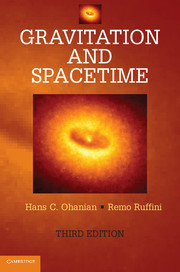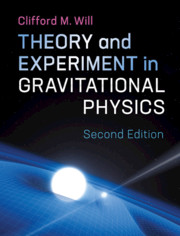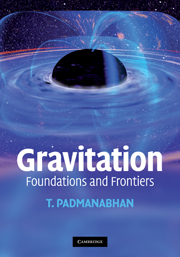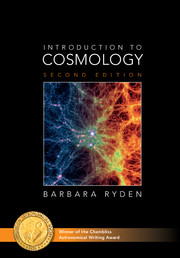The Expanding Universe
Cosmology - the science of the Universe at large - has experienced a renaissance in the decades bracketing the turn of the twenty-first century. Exploring our emerging understanding of cosmology, this text takes two complementary points of view: the physical principles underlying theories of cosmology, and the observable consequences of models of Universal expansion. The book develops cosmological models based on fundamental physical principles, with mathematics limited to the minimum necessary to keep the material accessible for students of physics and astronomy at the advanced undergraduate level. A substantial review of general relativity leading up to the Einstein field equations is included, with derivations of explicit formulations connecting observable features of the Universe to models of its expansion. Self-contained and up to date in respect of modern observations, the text provides a solid theoretical grounding in modern cosmology while preparing readers for the changes that will inevitably come from future observations.
- Includes a structured discussion of general relativity, firmly based on conceptual foundations, with mathematics limited to the minimum necessary, enabling students to grasp the physical principles underlying modern cosmology
- Relates modern observations to theories of cosmology, deriving and explaining the relationship between basic physical quantities and observations, to show how modern observational astronomy supports and informs cosmological theory
- Discusses non-intuitive concepts based on the foundations of general relativity and cosmology, supporting readers as they tackle apparent paradoxes in modern cosmology
- Features end-of-chapter problems with online worked solutions for instructors
Reviews & endorsements
'Firstly, ‘the book emphasises physical concepts over mathematical results wherever possible’, yet gives a substantial introduction to the necessary mathematics of general relativity. Thus the physics is not obscured by mathematical technicalities but the required mathematics is not glossed over either. Secondly, it acknowledges that modern cosmology ‘is likely to experience considerable revision as new observations and physics come to bear upon it’, so the book ‘derives and interprets its results in a manner conducive to re-interpretation when new observations and/or physics so permit’. This is a refreshing change from the dogmatism that tends to pervade cosmology … In particular, its presentation of general relativity is readable and persuasive. … an excellent first book to bring the reader close to the forefront of current understanding of cosmology.' Robert Sinclair MacKay, Contemporary Physics
Product details
January 2016Adobe eBook Reader
9781316455715
0 pages
0kg
56 b/w illus.
This ISBN is for an eBook version which is distributed on our behalf by a third party.
Table of Contents
- Introducing the Universe
- Part I. Conceptual Foundations:
- 1. Newtonian cosmology
- 2. General relativity
- 3. Relativistic cosmology
- Part II. General Relativity:
- 4. General covariance
- 5. Equivalence principle
- 6. Space-time curvature
- 7. Einstein field equations of gravitation
- Part III. Universal Expansion:
- 8. Cosmological field equations
- 9. Cosmography
- 10. Expansion dynamics
- Part IV. Expansion Models:
- 11. Radiation
- 12. Matter
- 13. Dark energy
- 14. Observational constraints
- 15. Concordance cosmological model
- Part V. Expansion History:
- 16. Particle era
- 17. Plasma era
- 18. Galaxy era
- 19. Afterword: the new modern cosmology
- Part VI. Appendices
- Bibliography
- Index.

